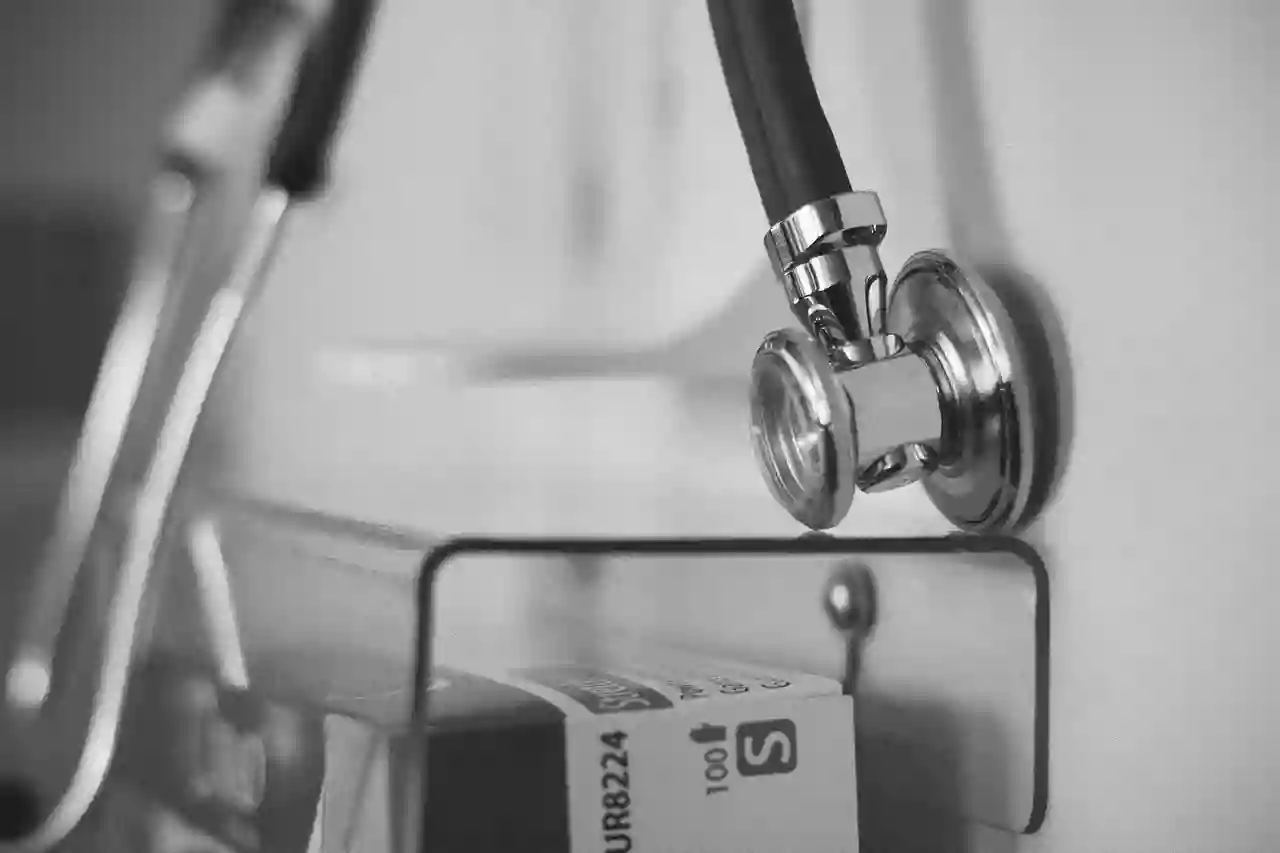'Medical prices in the US: why it's so expensive and how to save money'

'
The United States has an extensive system of health insurance. Different types of insurance provide different levels of access to medical services. Certain categories of citizens are eligible for free care based on status and income.
Federal assistance programs
< there are federal programs such as:
Medicare (Medicare): A federal health care program for citizens over age 65 and some younger individuals with limited financial resources;
Medicaid (Medicaid): provides physician services for low-income individuals, including children, pregnant women, the disabled, and other vulnerable''groups;
CHIP (Children'\''s Health Insurance Program): an insurance program for children from low-income families who do not qualify for Medicaid;
Affordable Care Act (ACA): Provides subsidies for health insurance for middle-class citizens and creates standards for insurance plans;
TRICARE: A program for military personnel, veterans, and their families that provides a wide range of physician services.
These federal programs are designed to ensure access to health care for diverse populations in the United States.
The health care payment system
The health care payment system in the United States is complex and''tiered. It is based on an insurance model where patients or their employers pay the premiums. Physicians and health care providers interact with different insurance companies to set prices for medical services in the United States. This fragmentation creates difficulties in standardizing and controlling the cost of treatment services. Factors such as administrative complexity and physician technology costs also contribute to high costs. As a result, the system faces criticism due to uneven access and the high cost of health care services for a large portion of the population.
The advantages and disadvantages of the payment model
The U.S. health care payment model has its pros, such as high levels of''countries have been able to strike a balance between quality of care and accessibility for all segments of the population.
The features of medical systems
The features of systems such as those in the US and Ukraine are reflected in their financing, organization and accessibility. In the US, the private insurance system is dominant, which creates a high level of physician service but leaves some of the population without access due to cost. In Ukraine, where the state system dominates, low budgets lead to limited access and inadequate equipment.
2 December 2023
3 December 2023
Quality of care'.
The quality of care in the United States is determined by the high level of technology, equipment, and physician expertise. Specialized facilities and scientific research create the conditions for treating a variety of diseases. However, despite the high standard of physician practice, uneven access and expensive insurance leave a portion of the population without access to high-quality care. Such challenges require systemic change to ensure equal access to care for all citizens.
Affordability of medical care
Affordability of physician care in the United States is a complex issue. High costs of insurance and treatment services create a barrier''for some segments of the population. Many people face financial problems when seeking medical care, which limits their access to necessary procedures and treatment. In addition, the geographical disparity of health facilities leads to difficulties in accessing care for people from remote or sparsely populated regions.
In Ukraine, on the other hand, accessibility problems are linked to limited budgets and outdated equipment, especially in rural areas.
Addressing these challenges requires a comprehensive approach, including overhauling the insurance system, increasing access to primary care and investing in health infrastructure development.
Charity and''community programs
Research into the availability of free physician care through charitable organizations and government programs provides insight into what resources are available to those who cannot afford coverage.
Licensing and accreditation
Licensing and accreditation play a key role in the U.S. health care system. Physicians are required to successfully complete their medical education, after which they take national exams and receive a state medical license. This process ensures minimum standards of qualification. Accreditation of medical facilities is conducted by an organization, such as the Joint Commission, to ensure high'
Comment
Popular Posts
Popular Offers




Subscribe to the newsletter from Hatamatata.ru!
Subscribe to the newsletter from Hatamatata.ru!
I agree to the processing of personal data and confidentiality rules of Hatamatata











